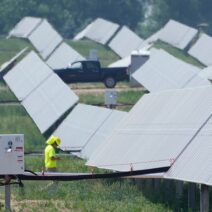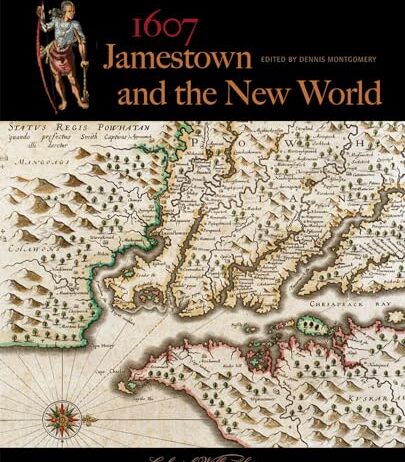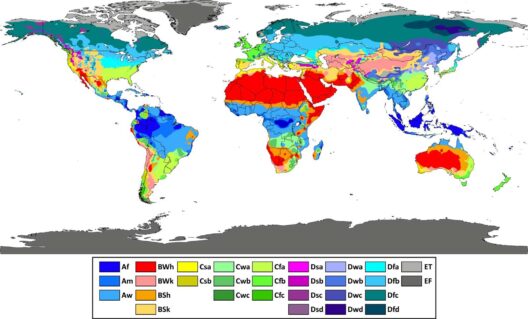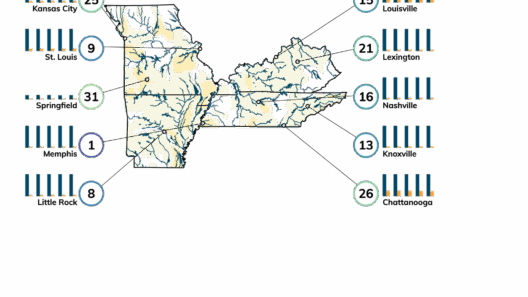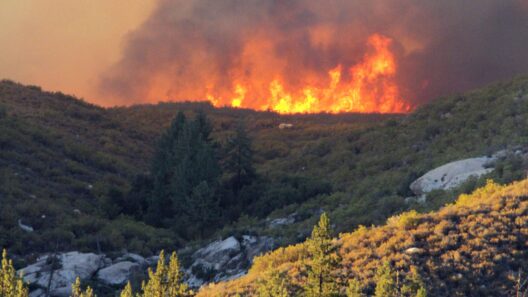The establishment of Jamestown in 1607 marked a significant moment in early American history, beginning a complex interplay between human endeavor and the natural environment. This settlement in Virginia was the first permanent English colony in North America, and the climate during its inception played an essential role in the success and challenges faced by its inhabitants. The biogeophysical context of Jamestown was pivotal; the settlers encountered a different ecosystem, climate, and a myriad of environmental challenges as they endeavored to forge a new life in the New World.
Situated in the mid-Atlantic region, the climate of Jamestown in 1607 can be characterized primarily as a humid subtropical climate. Summers were characterized by heat and humidity, temperatures often soaring into the 80s and 90s Fahrenheit. The winters, although mild compared to northern climates, were still chilly, with temperatures occasionally dipping below freezing. This climatic variability presented both opportunities and obstacles for the settlers, influencing agricultural prospects and overall survival strategies.
One of the immediate challenges faced by the Jamestown colonists was the seasonal cycle of precipitation. The region experienced significant rainfall, particularly during the spring months, leading to abundant freshwater resources from nearby rivers. However, this abundance could quickly turn into adversities such as flooding, which would jeopardize their settlements and the ripening of crops. As summer approached, the drier conditions led to increased evapotranspiration, which required the settlers to adapt their water management techniques. Understanding the annual weather patterns became crucial for ensuring their crops could thrive.
The initial months for the settlers were unforgiving. The spring of 1607 saw them unprepared for the rigors of their new environment. The absence of adequate supplies and knowledge of local agrarian practices meant that scarcity was a common plight. Many colonists suffered from diseases endemic to the area, such as malaria, exacerbated by the proximity to marshes and stagnant waters, which created ideal breeding grounds for mosquitoes. This intersection of climate and health underscored the importance of understanding and respecting the local ecosystem.
As they began to understand their surroundings, the colonists turned to the resources provided by the region. Native American tribes, who had thrived in this climate for centuries, presented invaluable knowledge of local agriculture and survival strategies. The cultivation of tobacco became a focal point; its introduction was influenced by the region’s warm growing conditions. The settlers learned to adapt to the climatic rhythm of the land, sowing and harvesting in accordance with seasonal changes.
The rich, loamy soil around Jamestown proved beneficial for agriculture, but this came with caveats. The settlers had limited understanding of sustainable agriculture and often exhausted the soil by growing the same crops year after year. This lack of crop rotation and poor farming practices initially led to diminishing returns. Furthermore, the settlers’ stress on monoculture significantly made the crops vulnerable to diseases, which further complicated their survival.
Understanding the climate also meant learning to cope with the extreme conditions that sometimes swept through the region. The brutal realities of winter were accompanied by harsh winds and frost, leading to food shortages when the harvests were poor. Settlers were forced to invent creative solutions for food preservation, which included smoking and salting their provisions. Such adaptations showcased their resilience in the face of climatic adversities, yet emphasized the precariousness of their existence in this new world.
The Jamestown experience was further complicated by interactions with the environment, including the seasonal movement of wildlife that influenced food availability. Hunting and foraging became vital skills, necessitating a comprehensive understanding of seasonal migration patterns of animals. The settlers also learned to collect edible plants, roots, and tubers, effectively broadening their diets beyond the agricultural products they sought to cultivate.
Sustained survival in such a dynamic ecosystem required careful observation and ingenuity. Over time, the colonists gradually transformed their perceptions of the land, moving from a mindset focused on conquest to one of coexistence and adaptation. This philosophical shift was crucial as they recognized that their prosperity significantly relied on a delicate relationship with the environment.
The role of local Indigenous populations cannot be understated in shaping the Jamestown settlers’ understanding of their new climate. Native Americans were attuned to the intricacies of the ecosystem and had established agricultural methods suited for the area over generations. Their assistance provided critical insights into crop cultivation, hunting techniques, and seasonal migrations of fish and fowl, which were indispensable for sustaining the burgeoning community.
Jamestown’s climatic conditions shaped the very fabric of the colony’s existence. What began as a challenge evolved into an eventual understanding of a resilient adaptation to the nuances of the land. The settlement endured through dynamic environmental interactions and human adaptation, setting the stage for subsequent colonial endeavors throughout the United States.
In conclusion, the climate of Jamestown in 1607 was a profound factor that molded the survival, strategies, and cultural exchanges of the settlers. The delicate balance between flourishing in this new habitat and facing its inherent challenges encapsulated the broader human experience in the New World. The legacy of Jamestown illustrates not only the struggles for survival in a new climate but also the evolution of a community intimately tied to the natural world that surrounded it.
